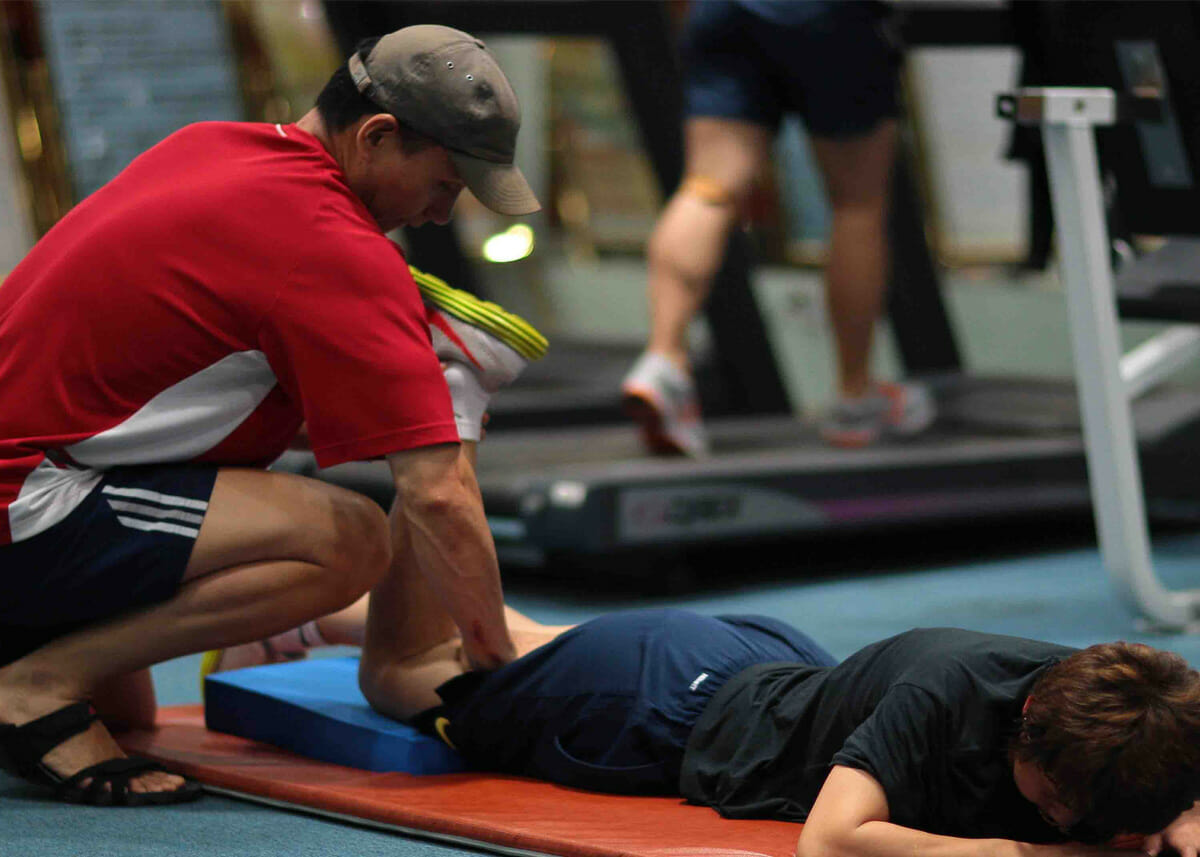Massage has a long history of use by both professional and amateur athletes. Thousands of years ago, Ancient Rome used highly trained masseurs to assist their athletes recover from injuries, and no doubt many a gladiator who managed to survive his latest fight was glad to not only have his injuries tended, but also to have a masseur help his body heal more quickly.
Many of these same practices were also employed in ancient China, when a treatise on massage was written approximately 2,500 BC.
While over the years, many different styles of massage have evolved, there are some that are most beneficial to those recovering from playing field injuries. Injuries can occur in every sport practice from tennis to cricket to cycling, and many of those injuries are either to joints, muscles, or ligaments.
Massage for Sprains and Strains
Although the two terms sound very much alike, sprains and strains are actually quite different, although the treatment for both is similar.
- Ligaments are strong, fibrous tissues that somewhat resemble ribbons. These ligaments are what help to hold our bones and joints together. A sprain occurs when there has been damage to the ligaments, either by being stretched too far, or by actually tearing to one extent or another. Sprains can be mild, moderate, or severe, and will all involve pain, swelling, and bruising. A sprain that involves the separation of the ligament entirely from the bone will require surgery to repair, although post-operative massage will assist with more rapid recovery.
- Strains are injuries to the muscles themselves, or to the tendons attaching the muscle to a bone. Like sprains, strains usually occur when parts of the body are twisted or stretched to a point where damage is done. Strains can be simply an overstretching of a muscle or a tendon, or an actual tearing of either or both.
Both of these injuries are common in people who participate in sports, and most can be treated at home, once more severe conditions, such as broken bones or dislocated joints, have been eliminated.
How Massage Can Help Treat Sports Injuries
One very important way that massage can help to speed the healing of sprains and strains is by providing more warmth to the trouble spot. Increased blood flow will make it much easier for damaged tissues to return to normal.
Additionally, the relaxation that massage brings will alleviate any addition tension put on the injury due to pain. Masseurs will use several techniques to relieve the pain of sports injuries and speed their healing:
- Deep tissue massage is one of the most valuable treatments available for sprains or strains. When damage has occurred to ligaments, muscles, or tendons, they often become stiff and unresponsive. The goal of the masseur will be to ‘reach in’ to soften up these stiff areas, and also to help remove any adhesions that may have formed. Adhesions can actually make it more difficult for blood to reach the affected area, which will lengthen the time required for healing.
- Sports massage is often used interchangeably with Swedish massage. Unlike deep tissue massage, sports massage focuses more on the upper layers of the muscles to increase circulation and promote relaxation. And, while Swedish massage is a more generalized massage used on the entire body, sports massage will use the same techniques almost exclusively on the injured area.
- Anyone who participates in sports can acquire a trigger point – a highly sensitive and painful knot in a muscle that will cause pain in another part of the body. A trigger point in the thigh could result in pain in the hip or groin, for instance. The back is a notorious spot for trigger points, and pain in the shoulders, arms, or neck can result from a knotted muscle in the back. A talented masseur can locate a trigger point and apply the necessary massage directly to the area, relieving not only the knot itself, but relieving all pain caused by it. Generally, pressure is applied to the trigger point by the fingers only.
Anyone who needs massage to help heal up a sports injury will find that the damage will heal much more quickly than it would otherwise. However, the patient should also be aware that there will be some discomfort involved, especially with trigger point massage.
For anymore information or advice, feel free to contact us.
